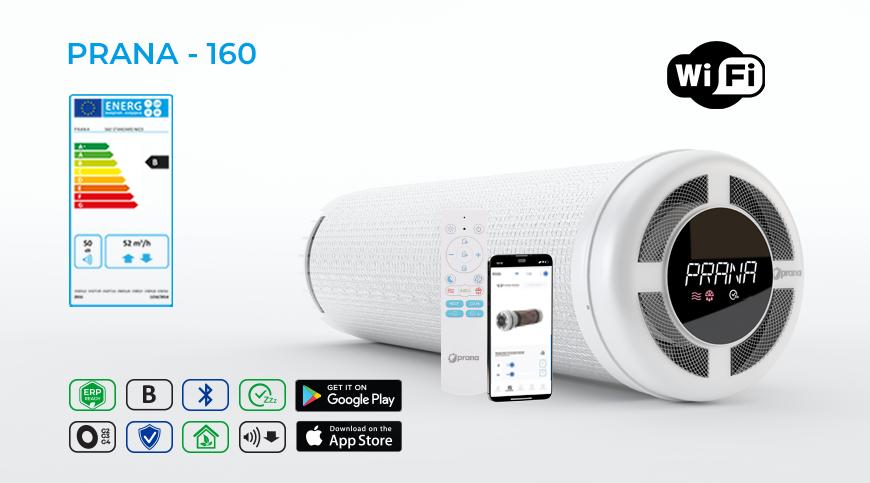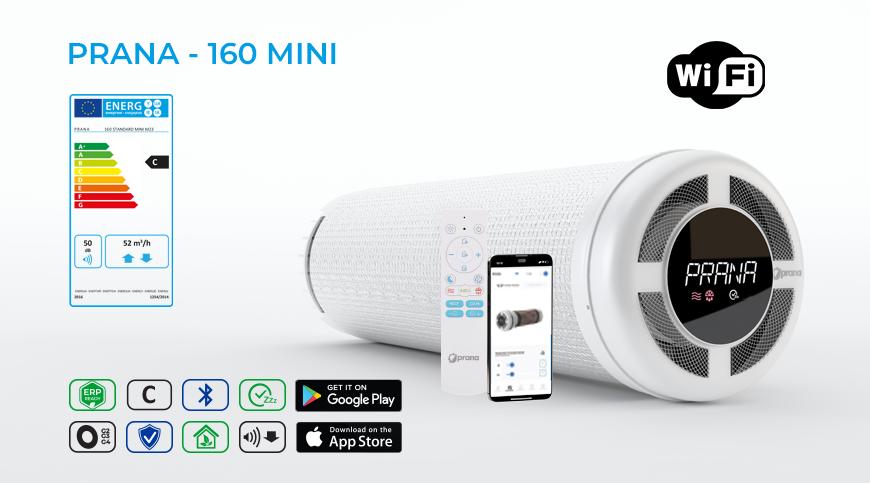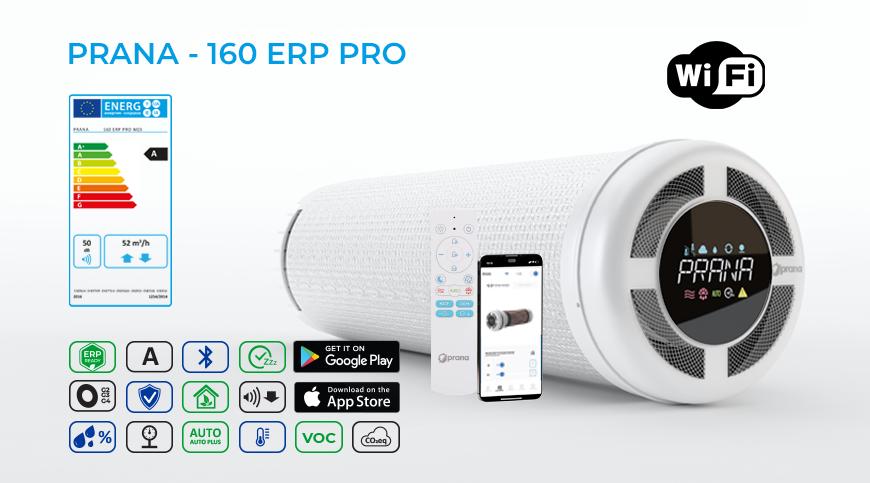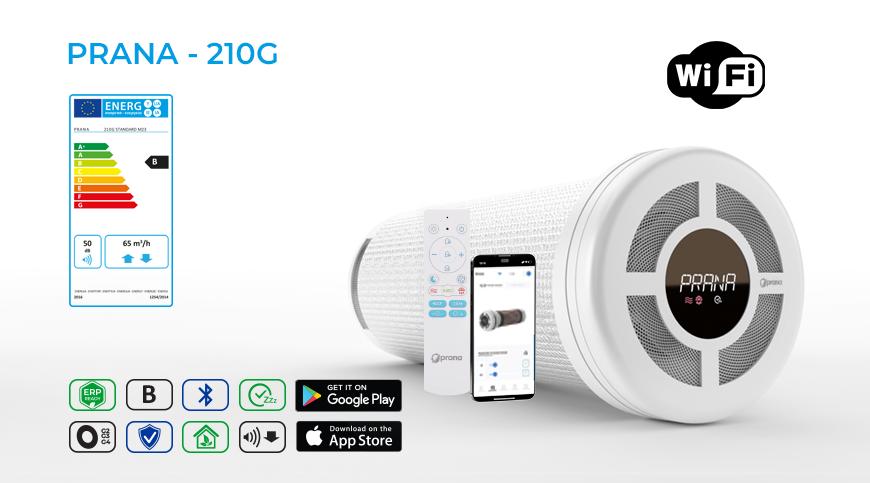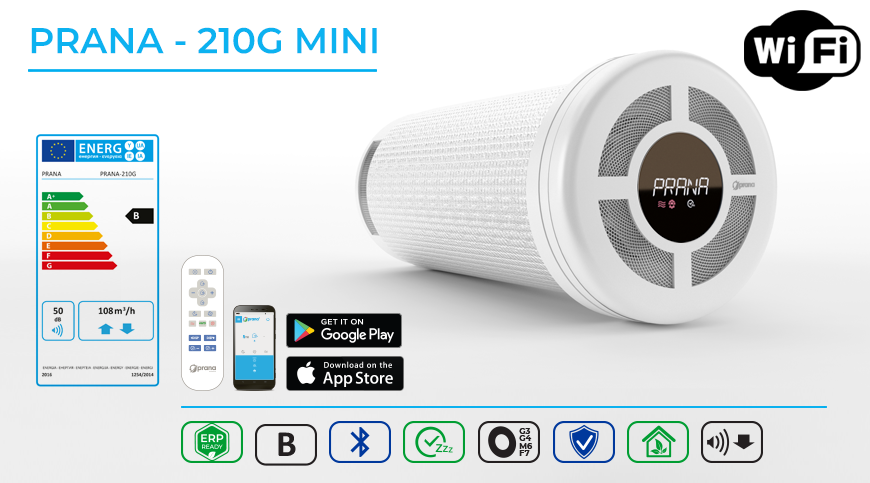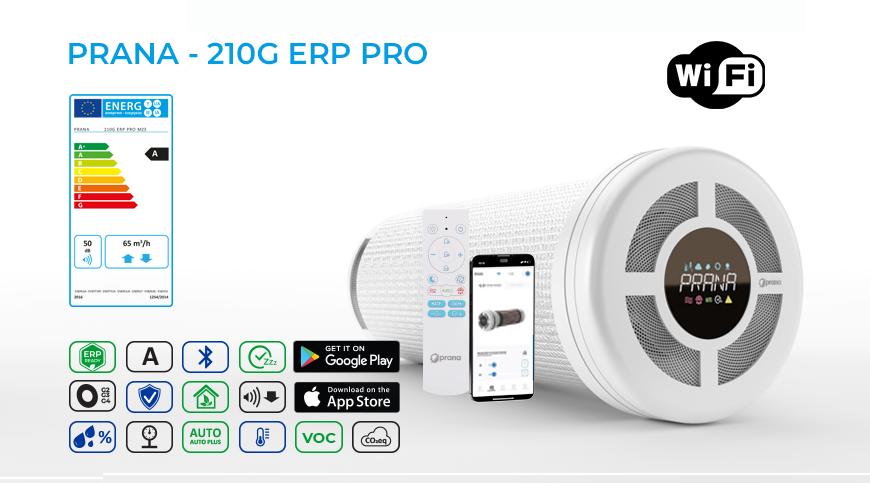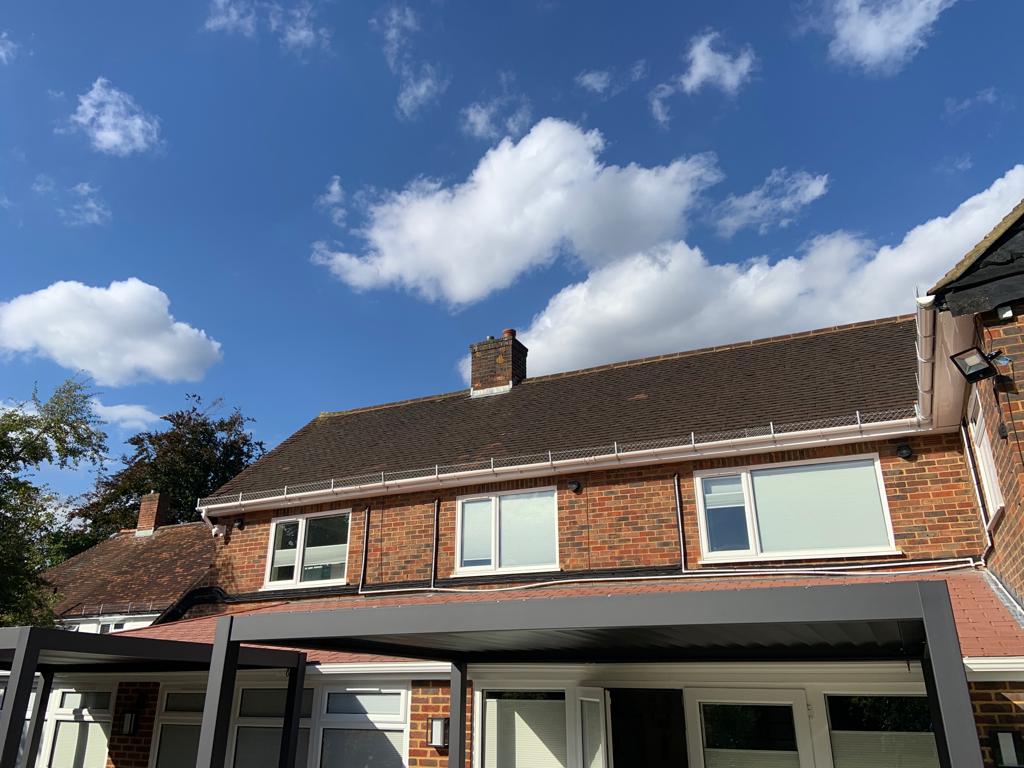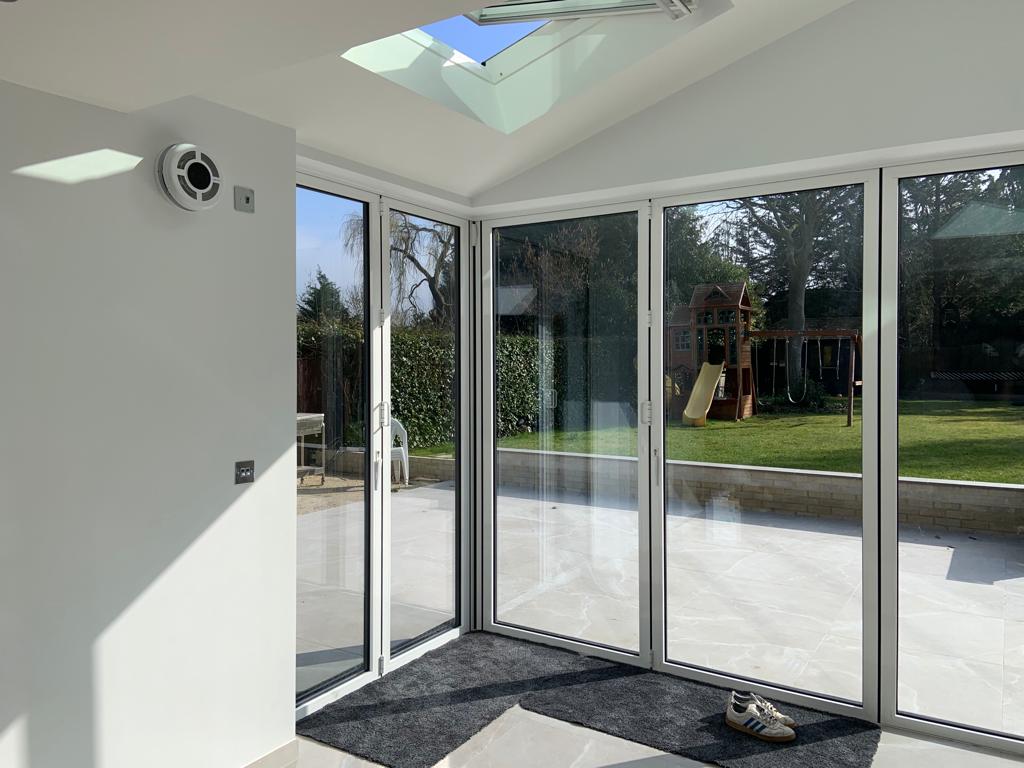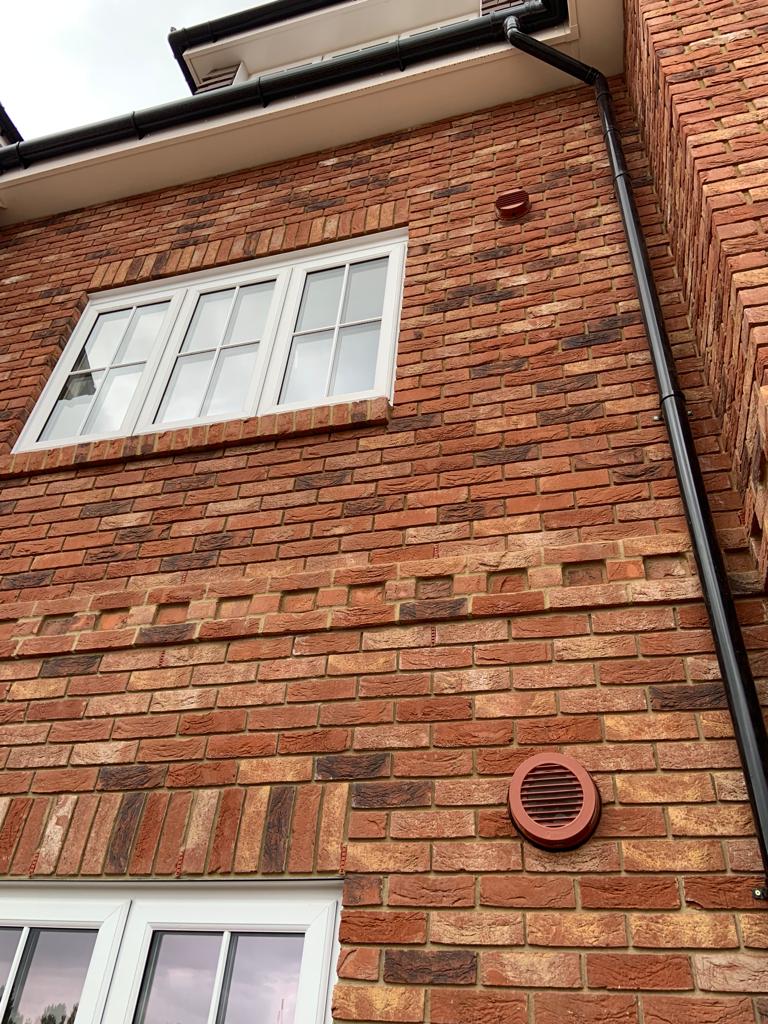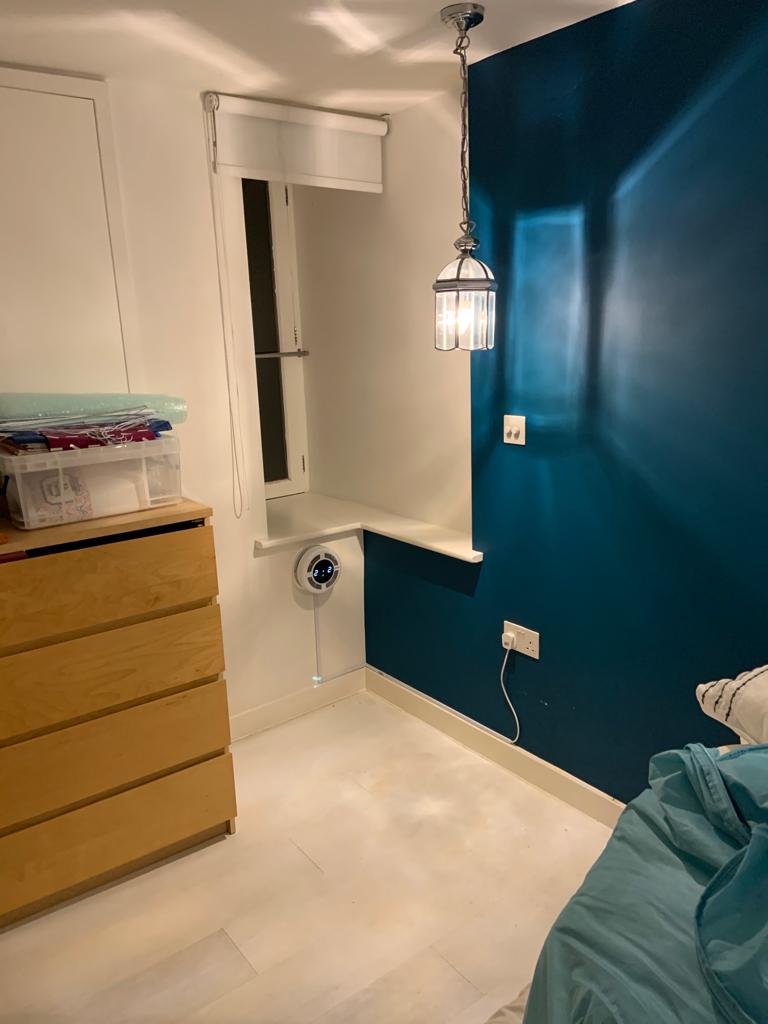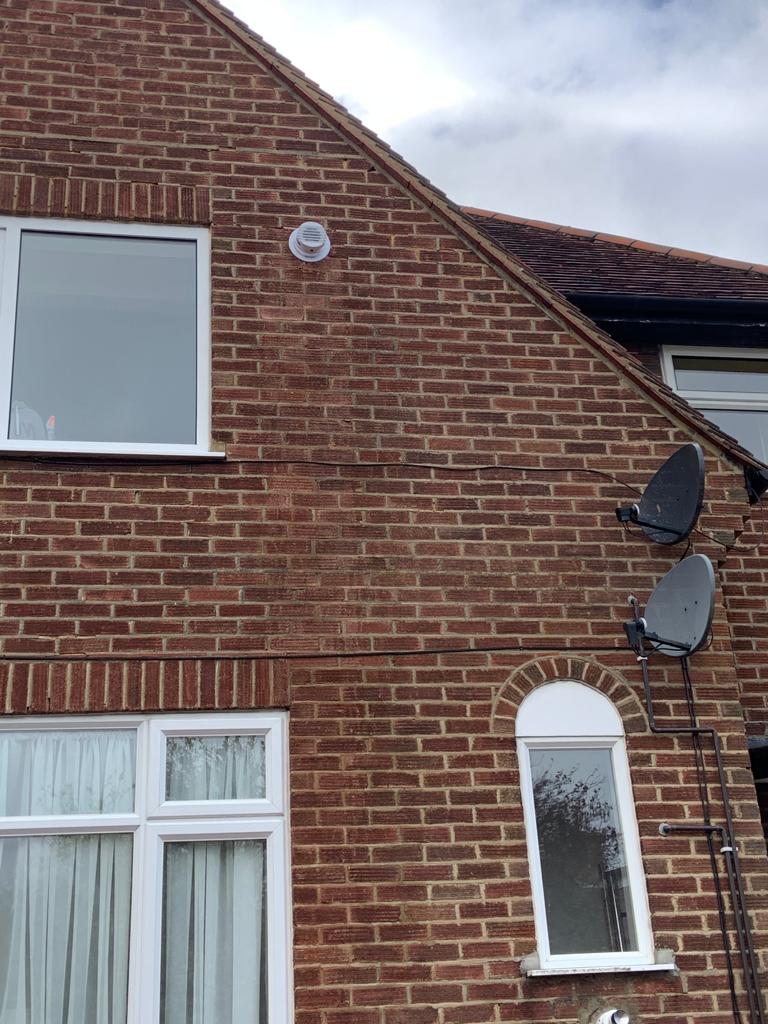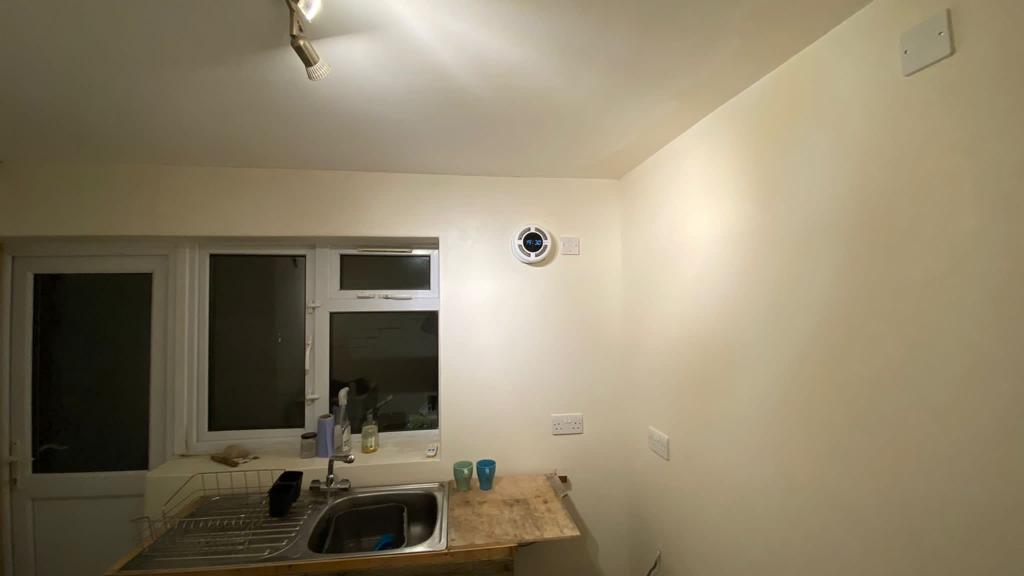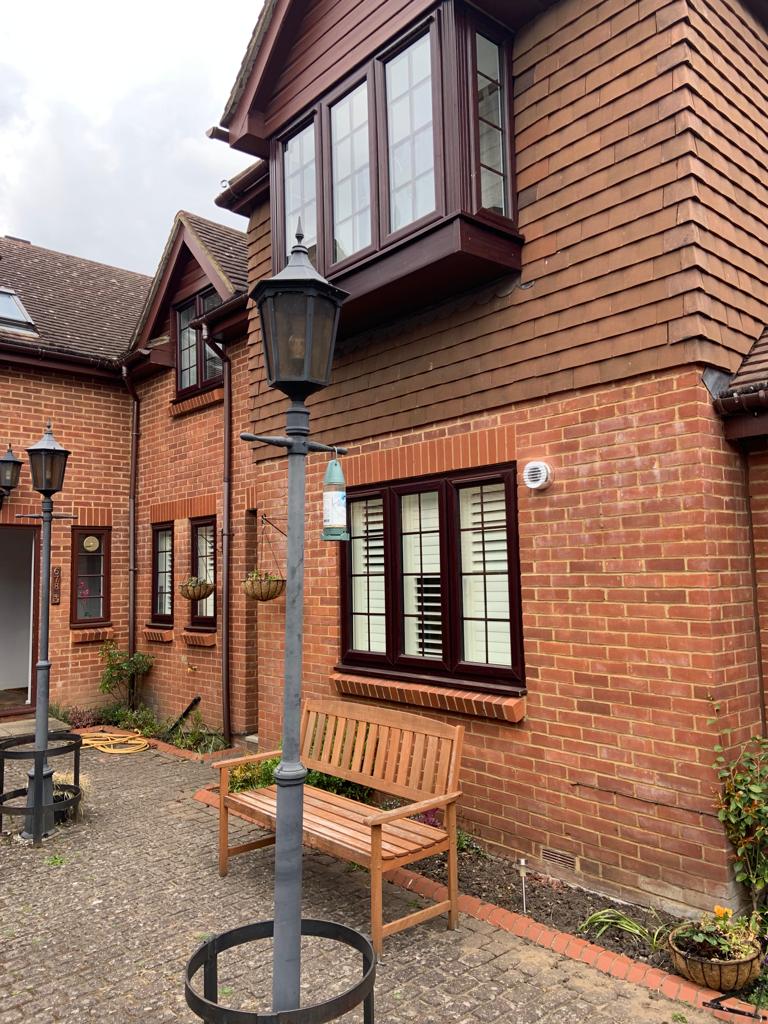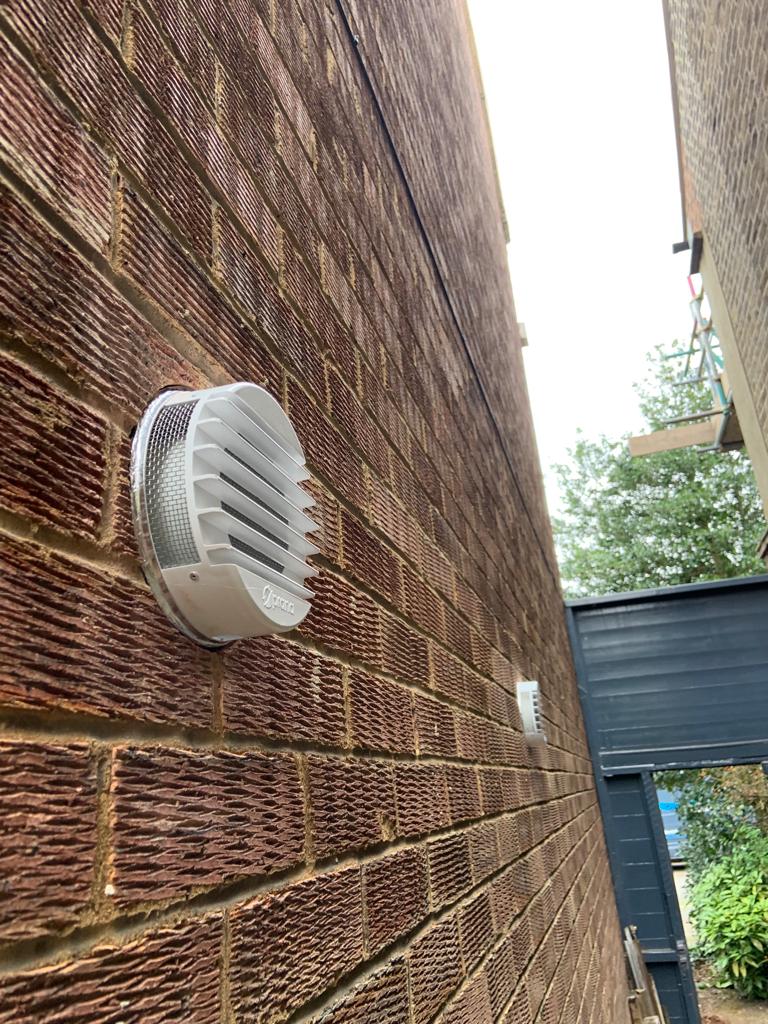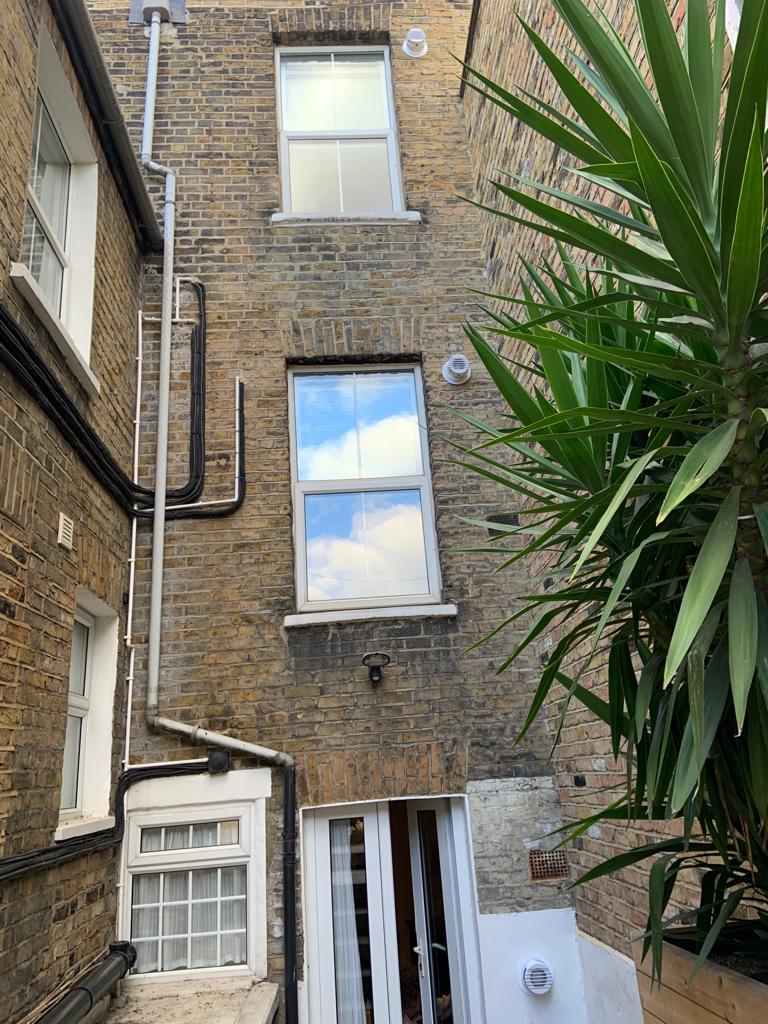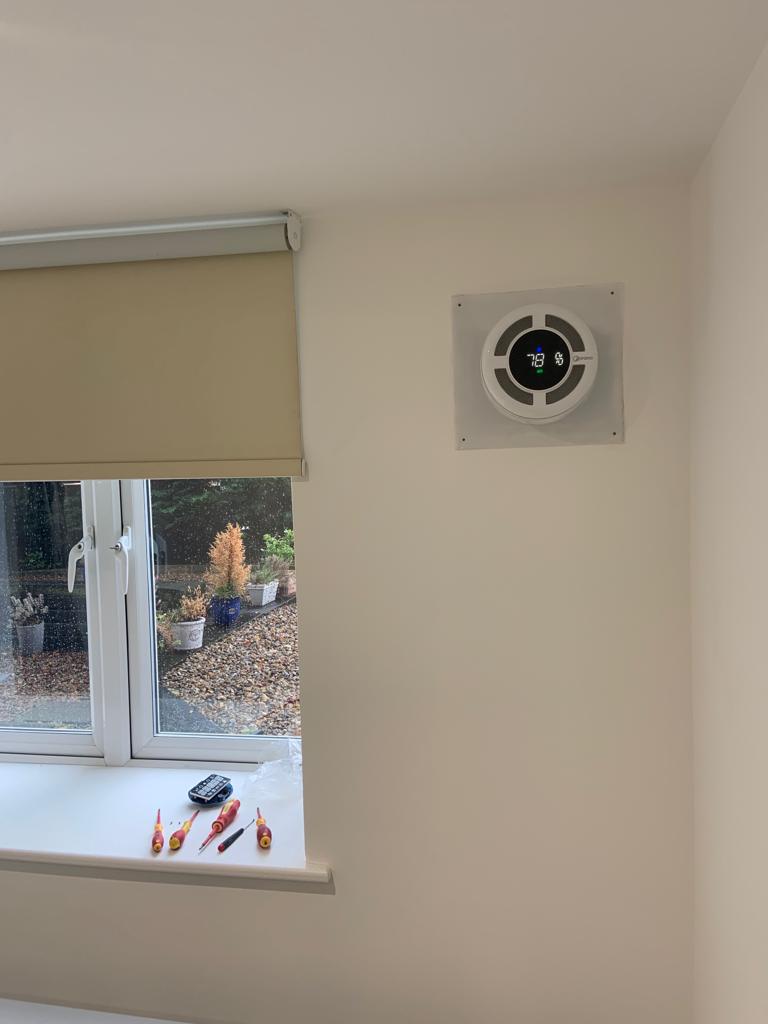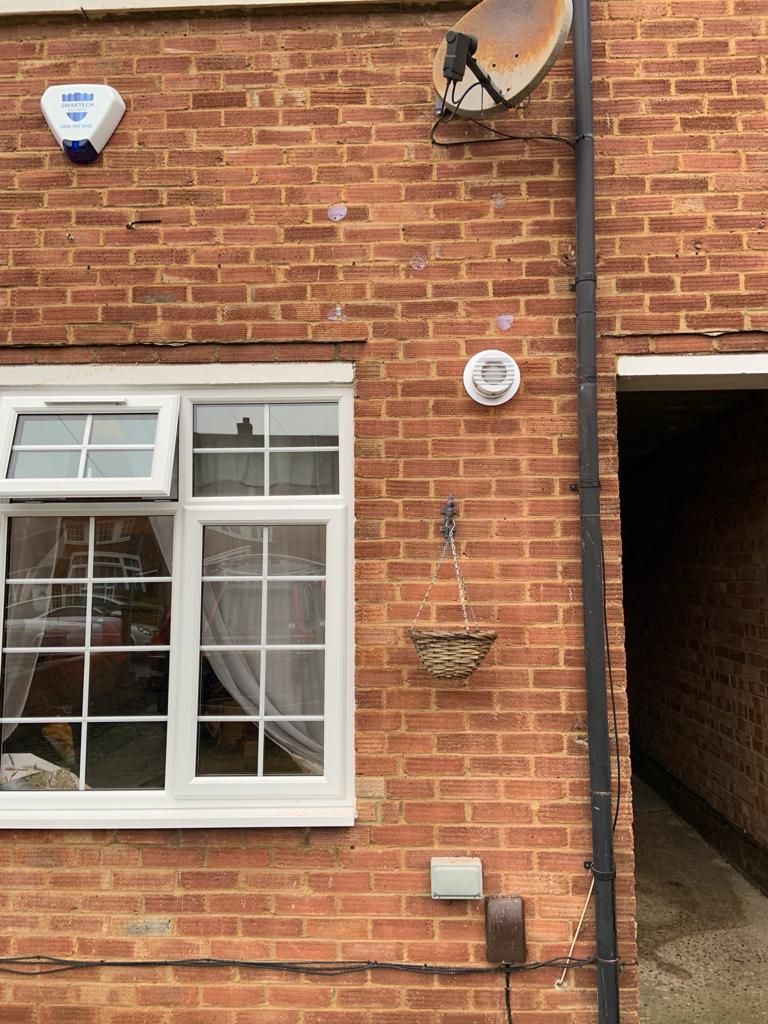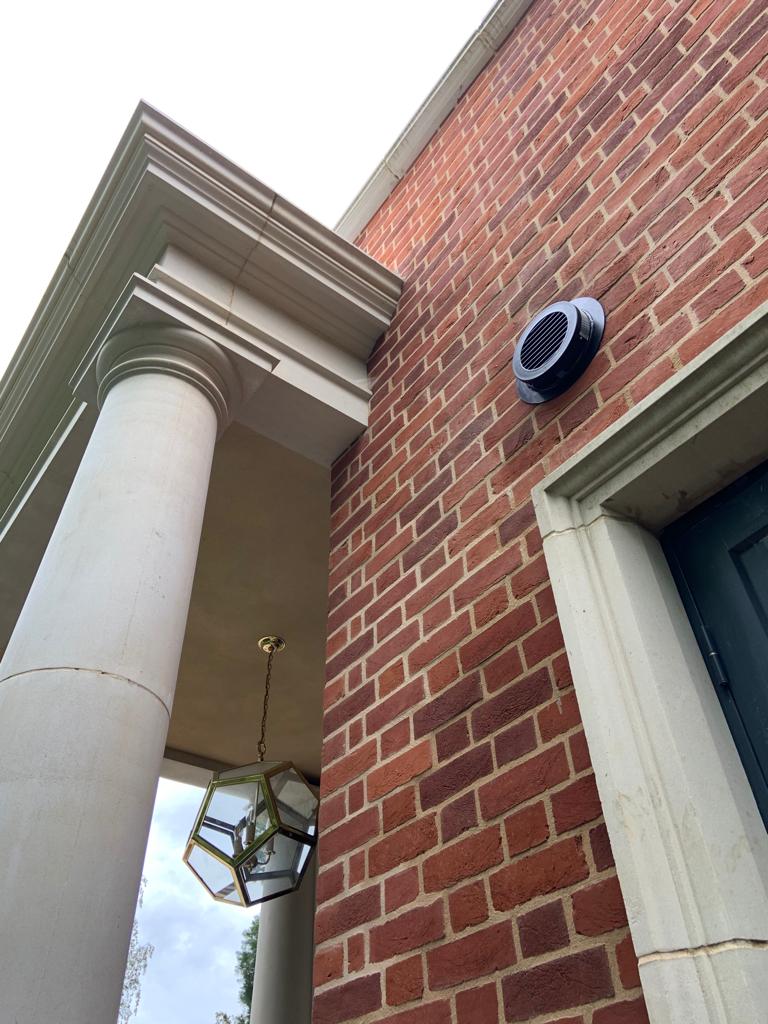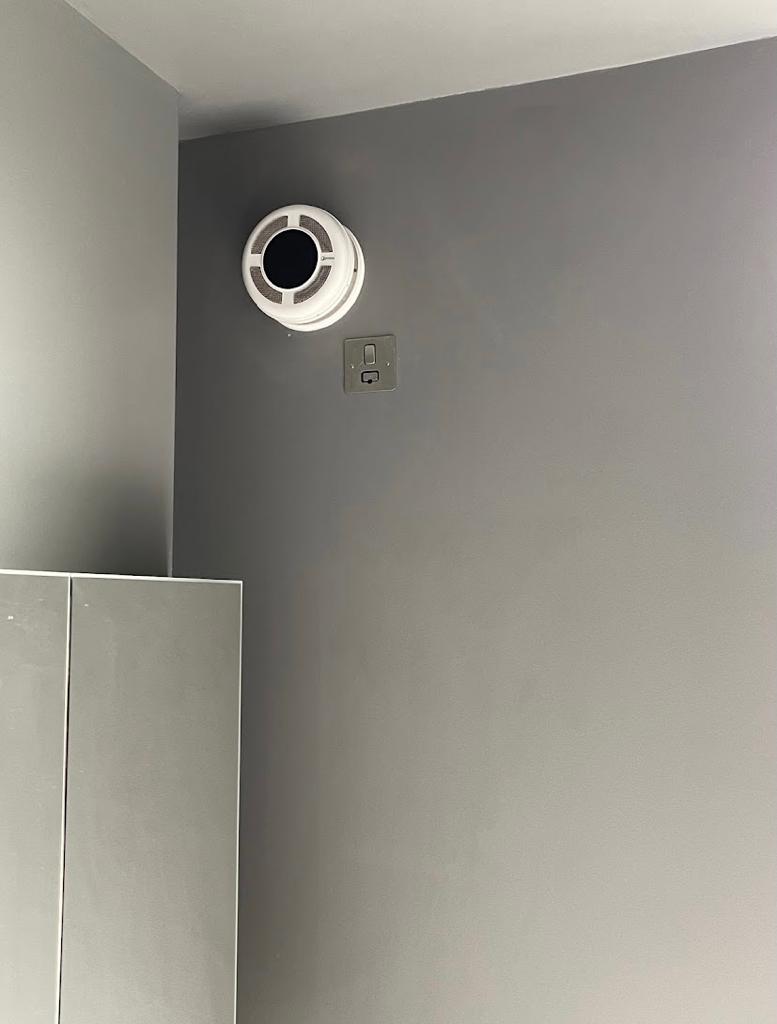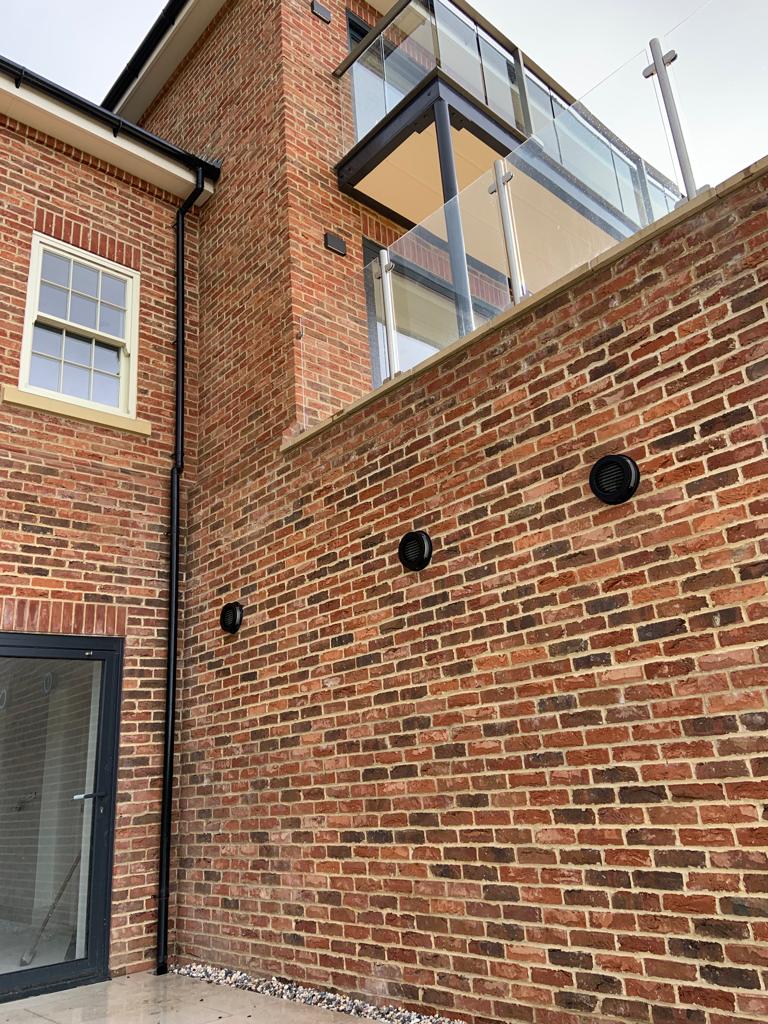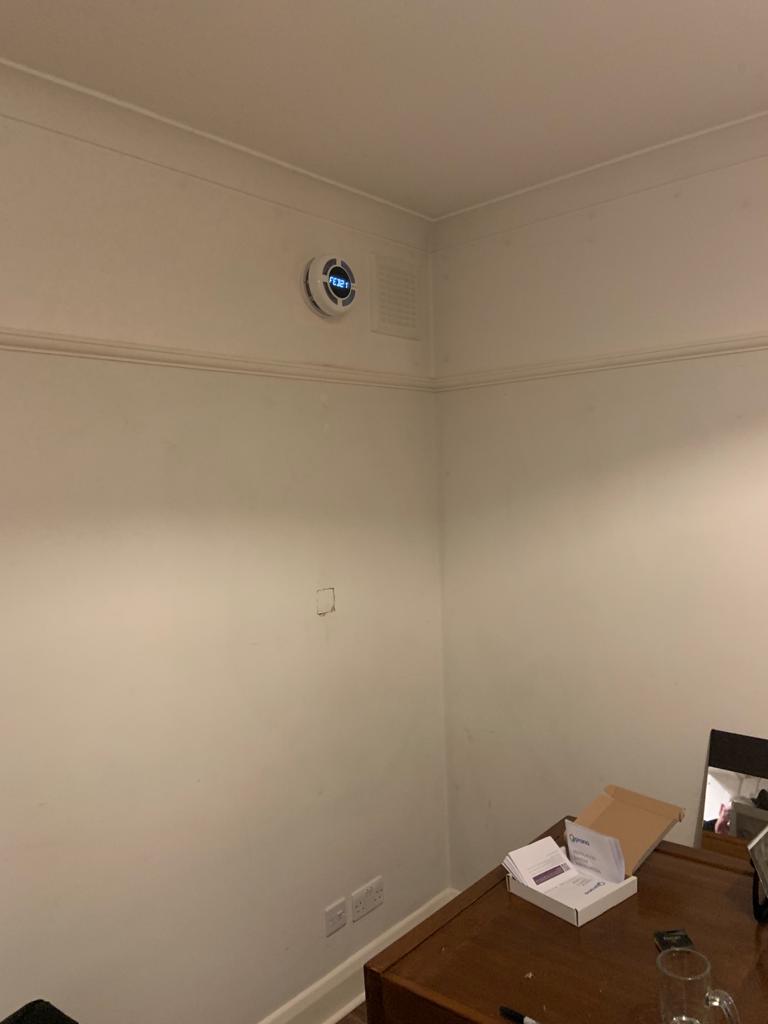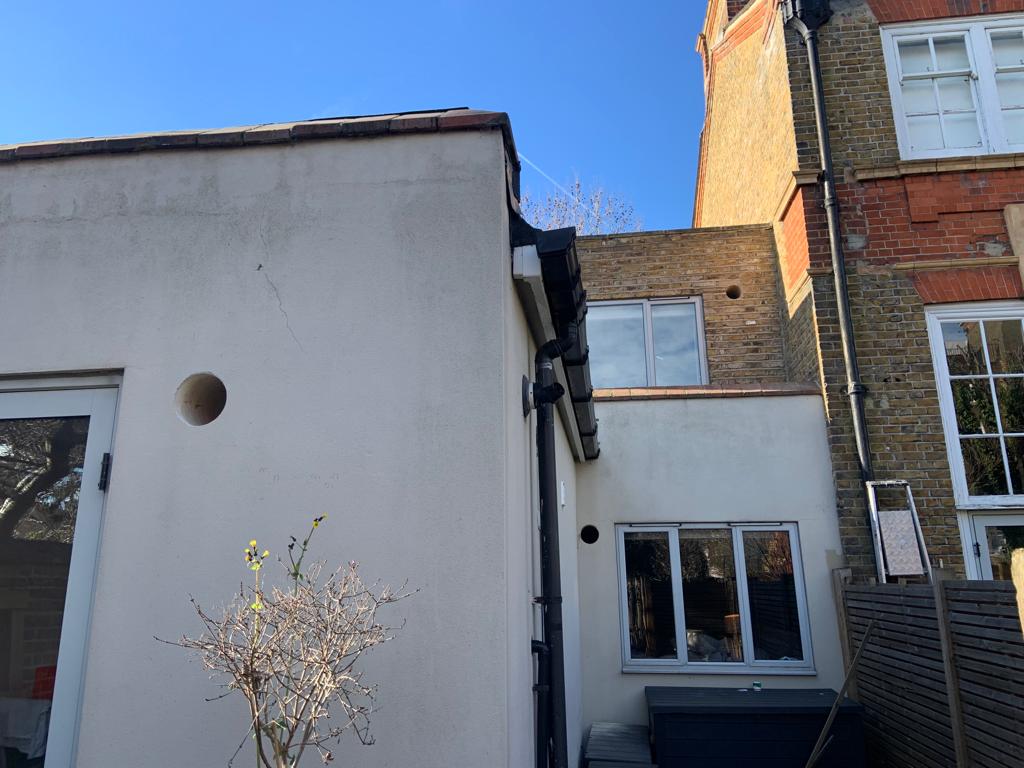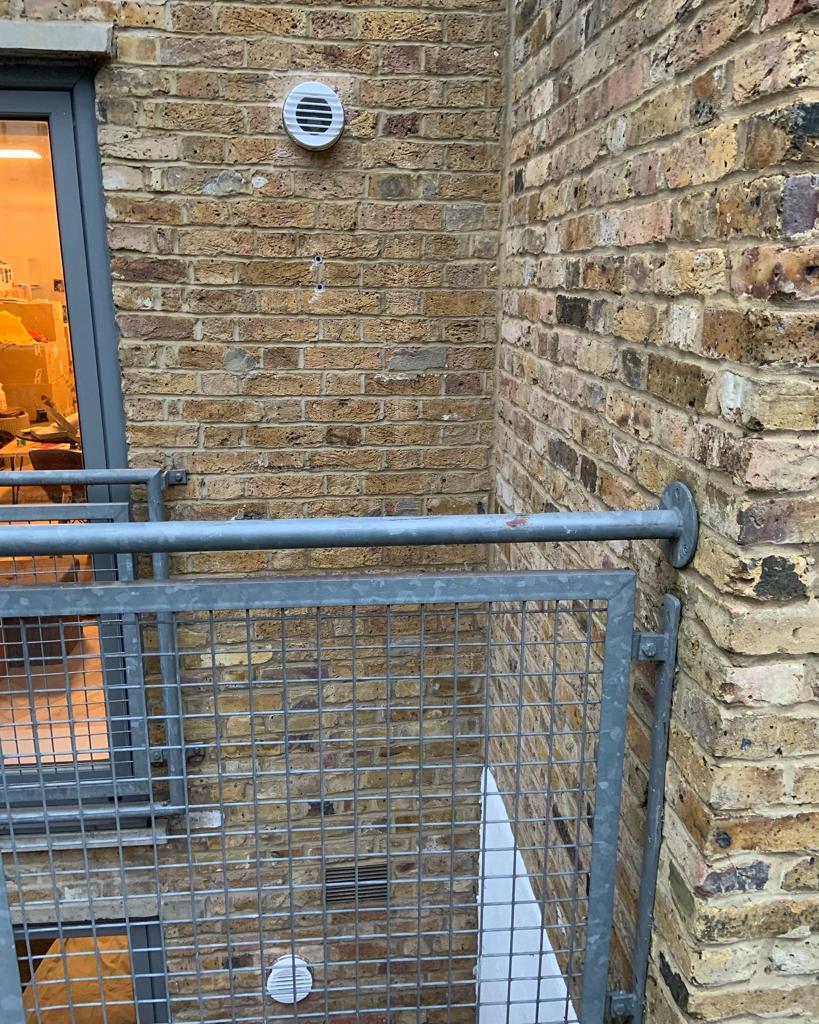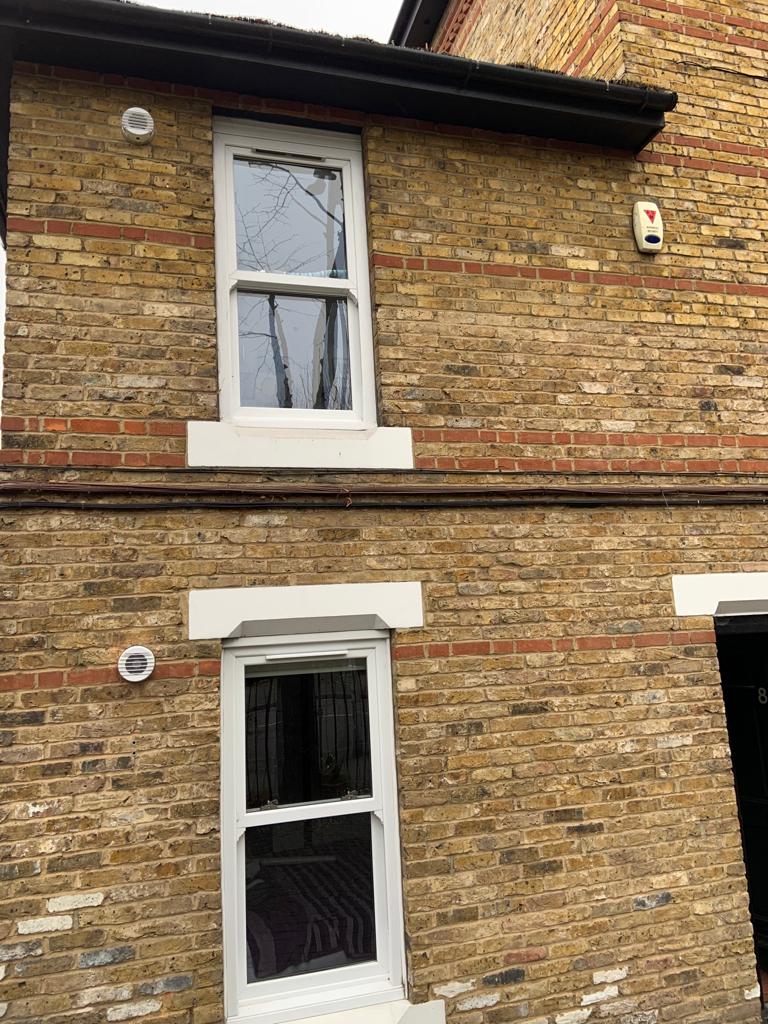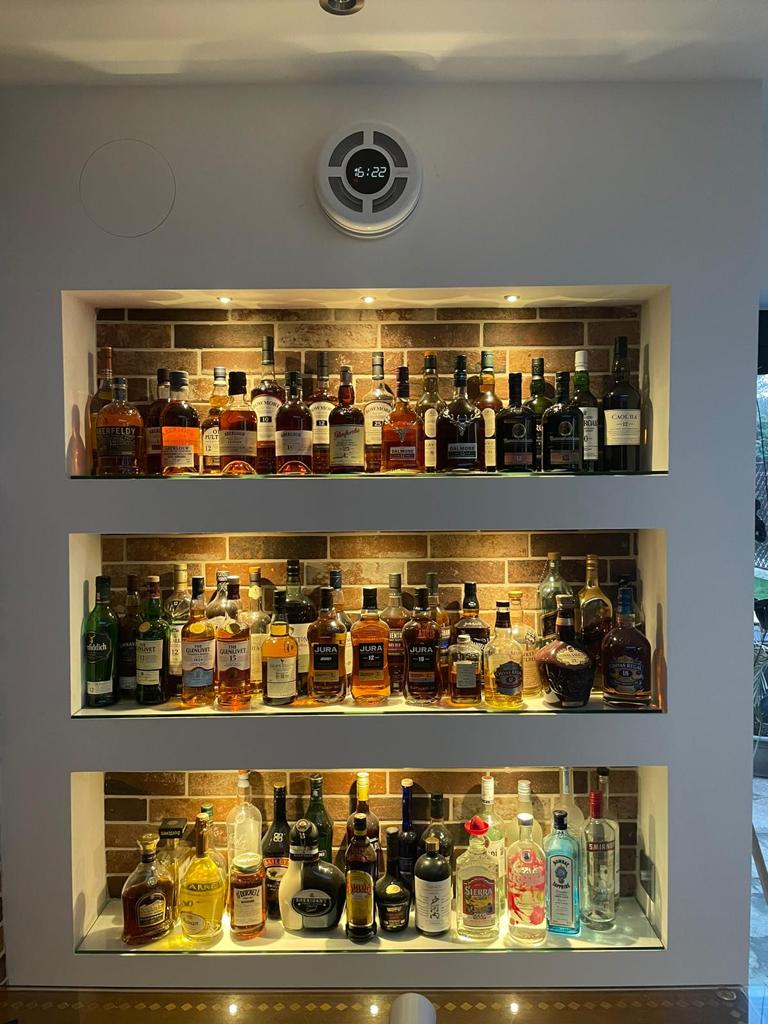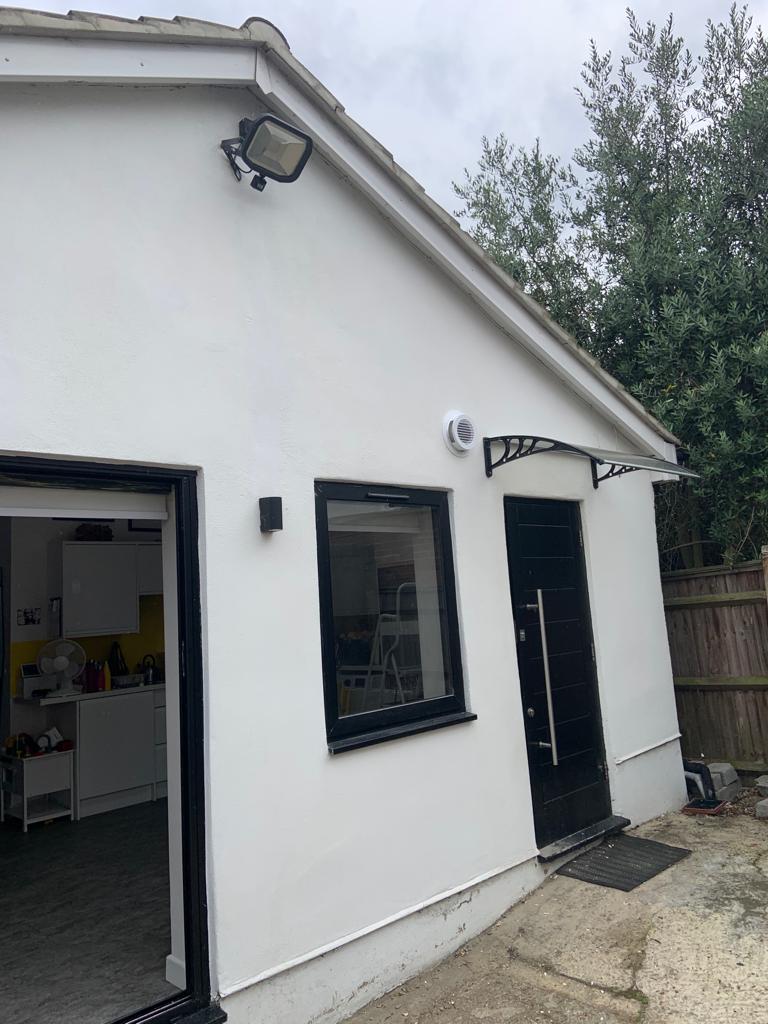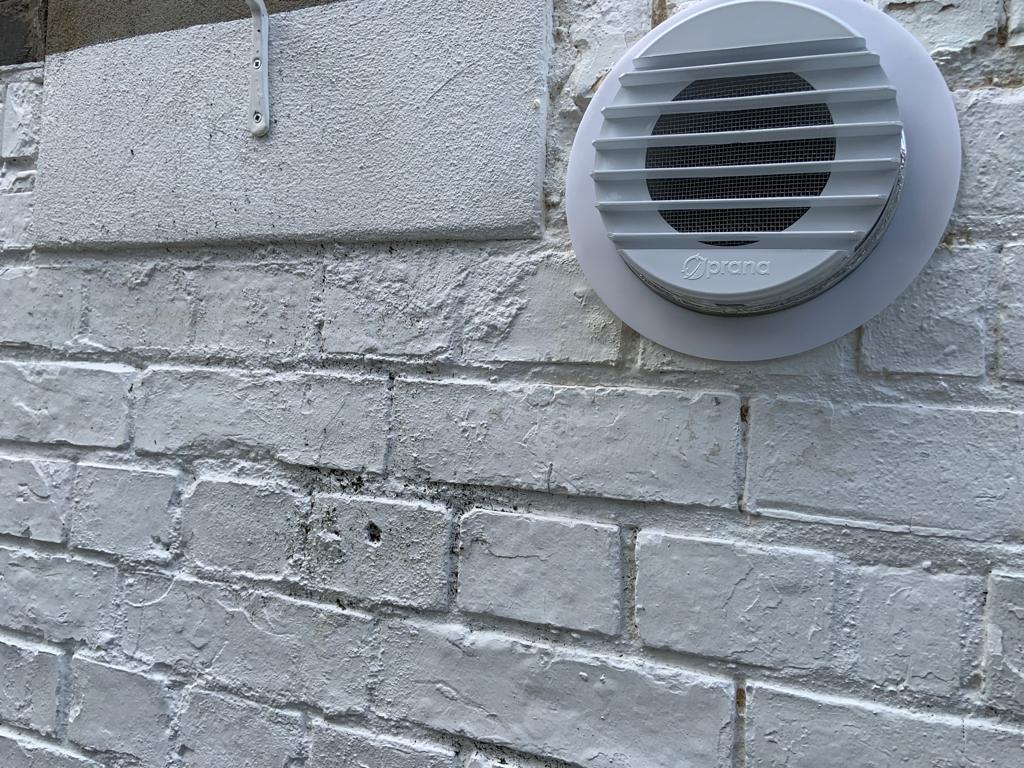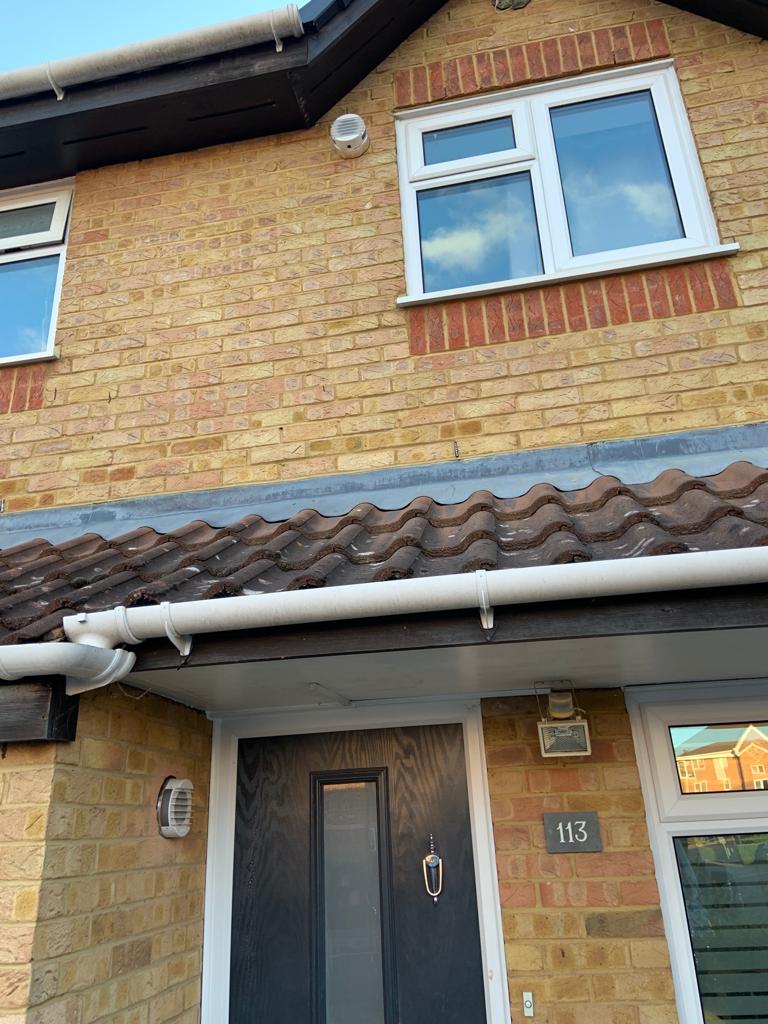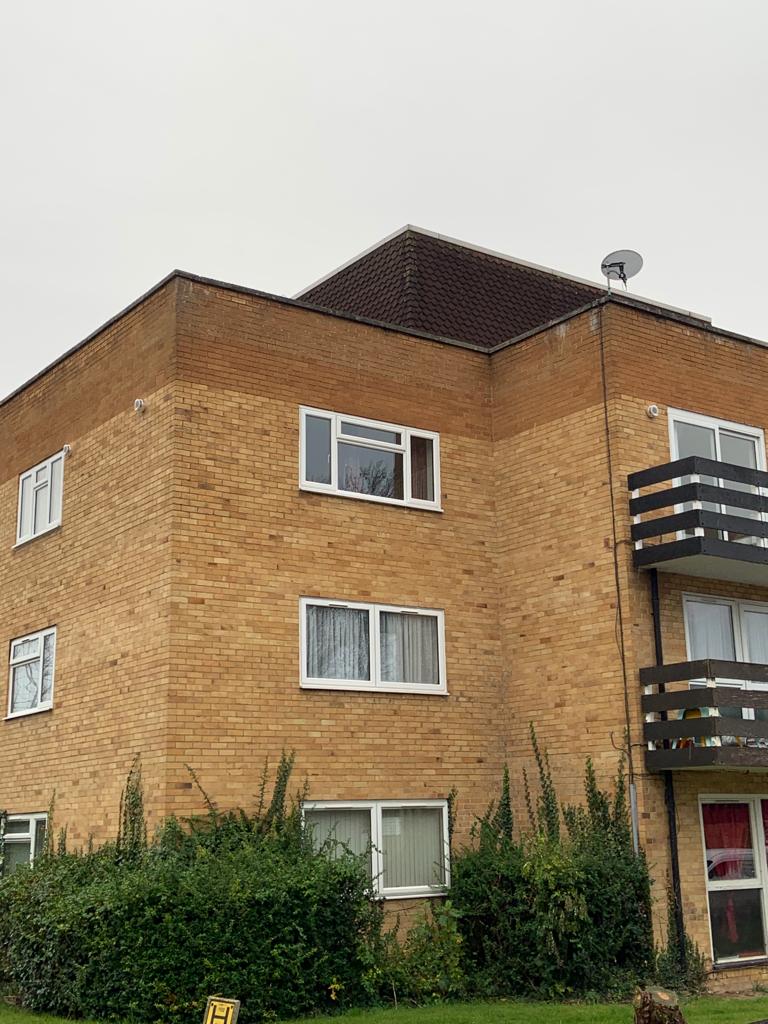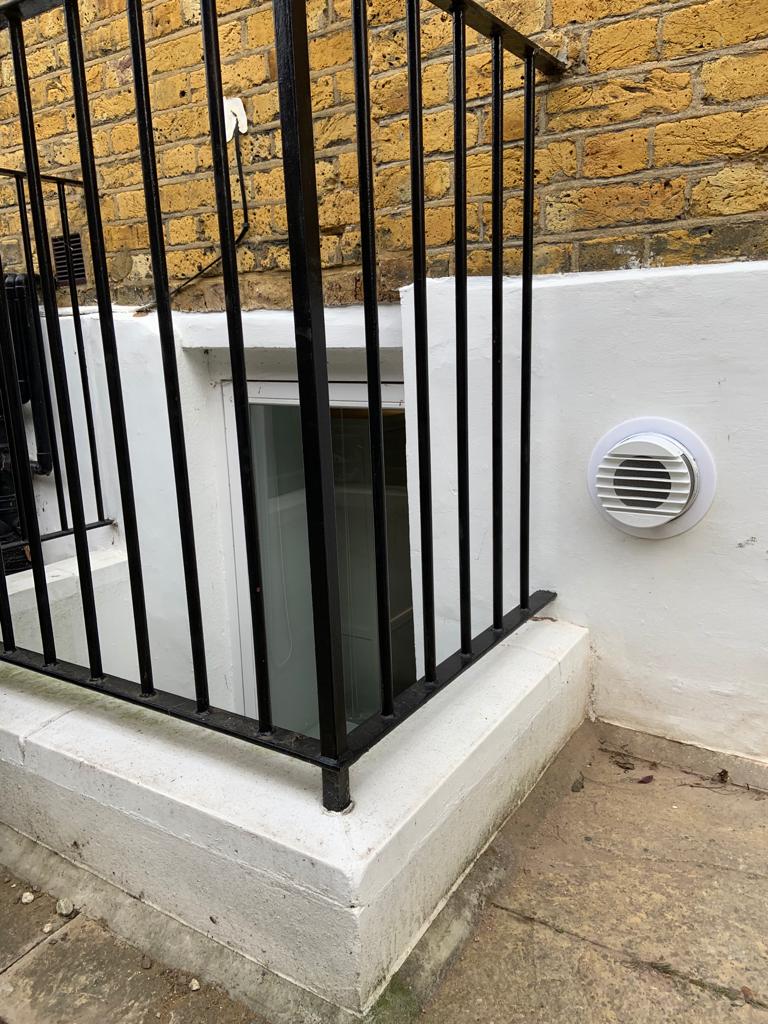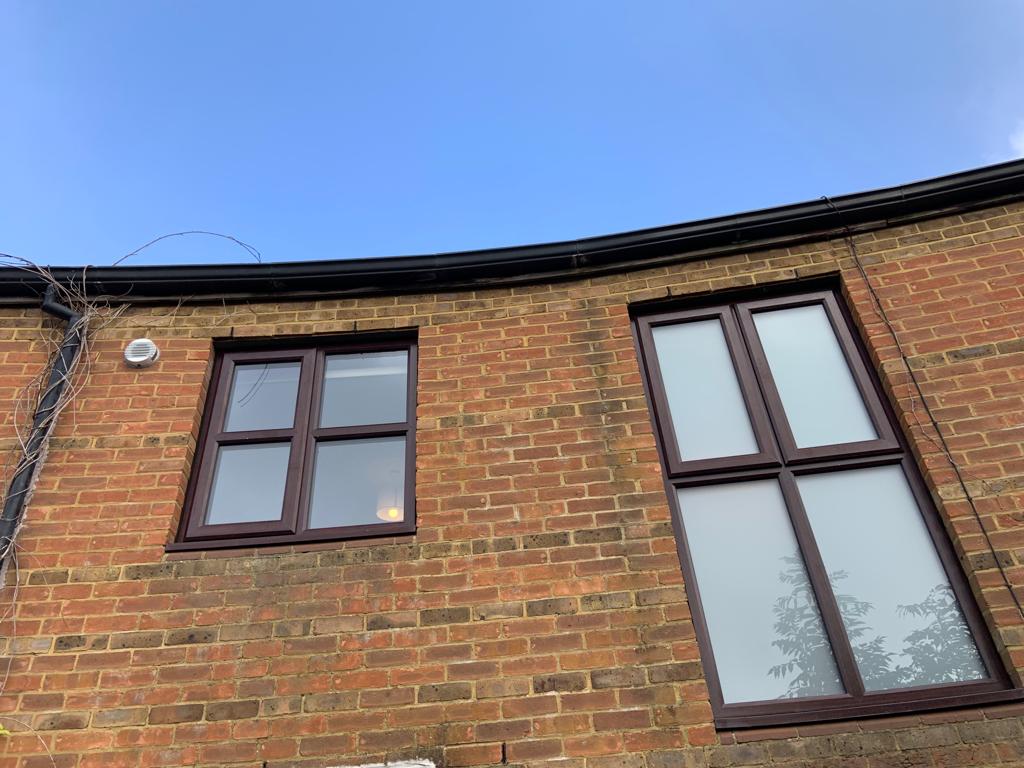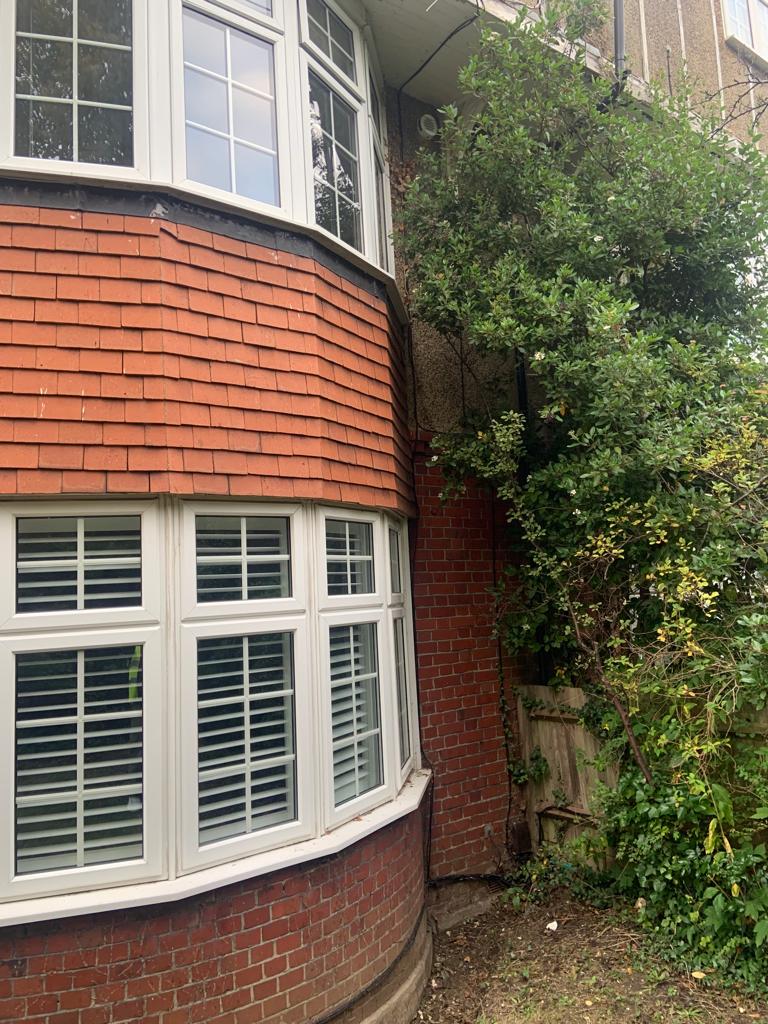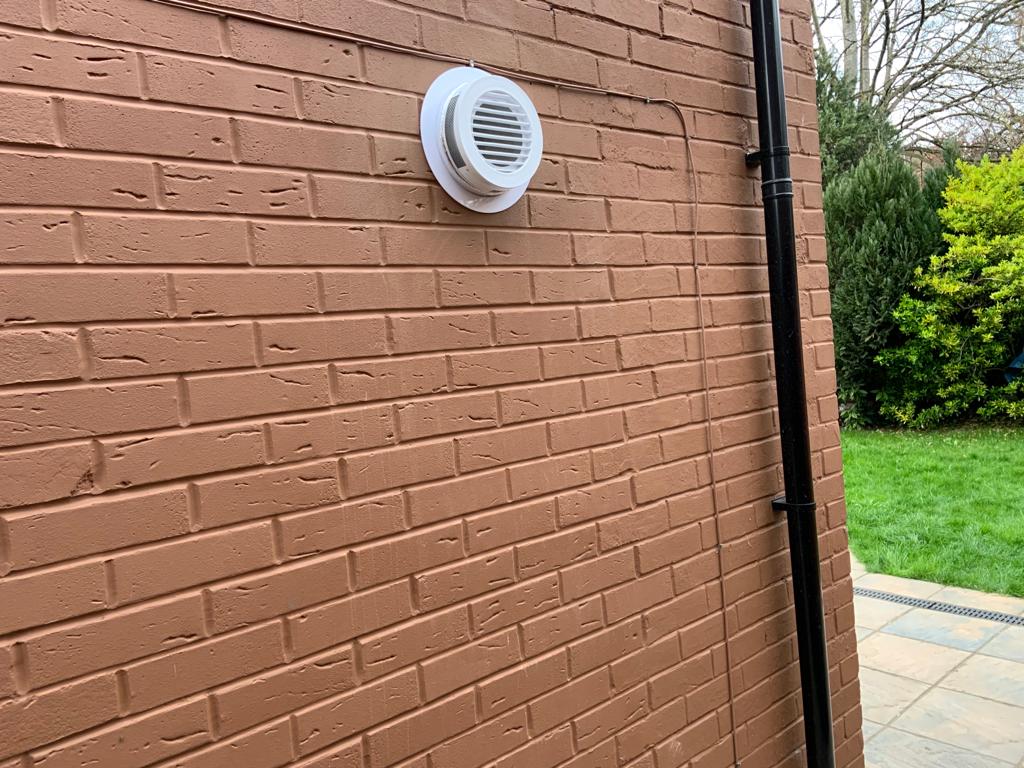Domestic heat recovery ventilation and Why You Need Them
With the increasing focus on indoor air quality, and the need for a healthy well-ventilated living environment, home ventilation systems have gained significant importance in recent years. You might be wondering, what’s wrong with just opening the window? But there is a key difference: opening a window won’t offer you any control over the quality of the air you’re letting in.
Our domestic ventilation systems can protect your home from dust, pollen, cigarette smoke, and a multitude of other pollutants from the outside. While also keeping your house warm and free of mould.
The decentralised mvhr system works by extracting stale air from inside the building and passing it through filters. Simultaneously, it captures and transfers the thermal energy from the outgoing air so that it is not wasted, and reuses it within the building.
The incoming fresh air, which is filtered, is combined with the recovered heat and supplied back into the building.
This process ensures that the indoor air remains clean, while also preventing the loss of valuable heat to the outside.
Domestic MVHR products
Domestic series completed projects
The benefits of domestic heat recovery systems
Is your home plagued by condensation, mould or damp? Then mechanical ventilation with heat recovery (MVHR) or decentralised MVHR unit (dMVHR), is what you need! For kitchens, bathrooms, utility room and other rooms with high humidity, it is an ideal solution.
It is a quick-to-assemble, smartphone-controlled unit that can solve all of your air quality issues.
Our devices will create a healthy microclimate within your home, while avoiding overpayments.
By harnessing cutting-edge technology, our heat recovery ventilation systems ensure that a comfortable indoor climate is maintained while minimising its impact on your energy bills.
All domestic mvhr models are designed to provide decontaminated fresh air in a private space, including apartments, flats and houses. They also operate at low noise levels, are simple to control via multiple devices including IOS and Android, and are easily installed. Contact us today to choose the perfect ventilation solution for your home.
How To Choose The Domestic dMVHR
Choosing a dMVHR system with heat recovery requires careful consideration to ensure it will efficiently meet your home’s needs. Here are the instructions for it:
- Evaluate the specific needs of your home. The size and complexity of your home will affect the type and capacity of dMVHR system you need. Larger homes or those with more complex layouts may require more powerful units or additional units for optimal performance. Well-insulated and airtight homes benefit most from dMVHR systems. Evaluate your home’s insulation to ensure you choose a system that complements its energy efficiency.
- Calculate required airflow. Determine the required ACH for your home. Different rooms (including bedroom) have different ventilation needs, with areas like kitchens and bathrooms typically requiring higher ventilation rates. Measure the volume of the spaces to be ventilated. This helps in calculating the necessary air flow rate, usually expressed in cubic metres per hour (m³/h).
- Efficiency and performance metrics. Choose systems with high heat recovery efficiencies, ideally greater than 90%. Higher efficiency means better energy savings. Check the SFP, which indicates the energy efficiency of the extractor fans. Lower SFP values signify more efficient systems.
Noise Levels. Consider the noise level of the dMVHR system, especially if it will be installed near living or sleeping areas. Look for systems available with low decibel ratings to ensure minimal disturbance. - Installation and maintenance. Ensure the system is installed by a qualified professional to guarantee optimal performance and compliance with building regulations. Choose a system with easily accessible filters and components to simplify routine maintenance. Regular maintenance is crucial for the longevity and efficiency of the system.
Features for control and automation are also important. Modern dMVHR systems often include automated controls, sensors, and connectivity features that allow for remote monitoring of air movement. These features increase convenience and can improve energy efficient.
While a more efficient system may have a higher initial cost, it can result in significant energy savings over time. Evaluate both the initial investment and the potential long-term benefits. Look for systems with a good warranty and reliable customer support to address any issues that may arise. Ensure the chosen system complies with local building regulations and standards for ventilation and energy efficiency.
Choose the right domestic ventilation unit. Easy to install, comfort to use! Contact us today to choose the perfect ventilation solution for your home.
FAQ
Yes, heat recovery systems with the copper heat exchanger can be installed in various types of homes, including new builds, renovations, and existing properties. Unlike the whole house ventilation system they can be particularly beneficial in well-insulated homes with airtight construction, as these properties tend to have less natural ventilation. This ventilation system is a particularly good solution for wet rooms.
The domestic heat recovery ventilation are primarily designed to recover heat in colder months. However, some systems offer additional features such as summer bypass or integrated cooling capabilities, which allow for passive cooling during hot weather. These features enable the system to redirect warm air outside and bring in cooler air from outside, providing a moderate level of cooling effects.
Yes, heat recovery systems can be integrated with another heating system, such as boilers or heated floors. They work alongside these systems to provide a balanced ventilation solution while recovering and reusing heat energy.
There are several benefits to installing a domestic heat recovery system in your home. The heat recovery unit helps to reduce energy consumption and lowers heating bills by reusing the heat that would otherwise be wasted. It improves indoor air quality by constantly providing fresh, filtered air. Additionally, heat recovery systems can help to control humidity levels and reduce condensation.
Contact us
SEND YOUR MESSAGE



